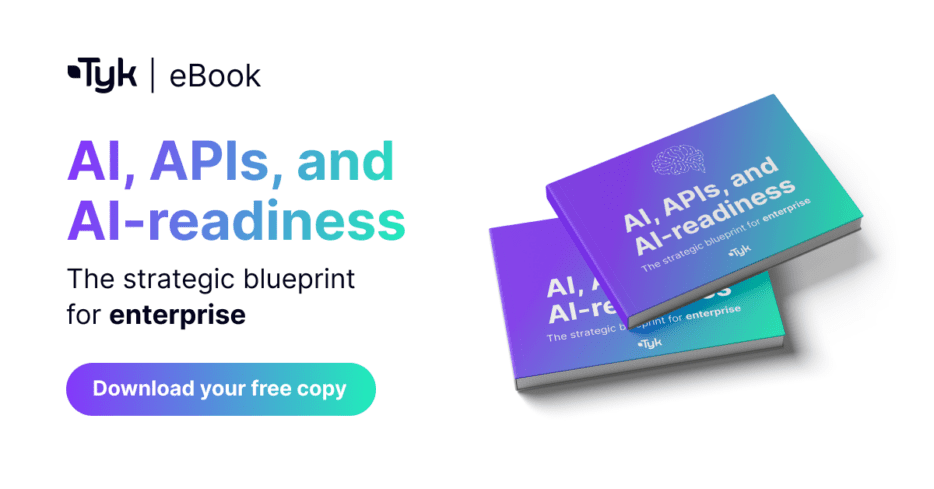As AI continues to proliferate at a staggering pace, we’re seeing an increasing emphasis on composability. While some vendors are sticking with developing black-box AI models that claim to do it all, others are taking an approach that avoids you having to lock-in to one single vendor.
Anthropic has done much to support this composable approach to AI. Its Model Context Protocol (MCP) is an open standard designed to enable developers to connect data sources and AI-powered tools securely. It has some serious limitations at enterprise level, as Tyk CEO Martin discovered, but it signals the direction of travel for composability and standardization.
The rise of open standards that encourage easy interoperability supports the evolution of specialized tools, products, and services. Standards such as A2A and Arazzo further support this.
This sort of composable AI means you can pick and choose the specialist components you need to achieve certain tasks, without having to buy into an entire black-box system. With open standards supporting extensibility, the enterprise AI value chain comes to the fore.
Core elements
The AI value chain consists of vendors, interfaces, data, and tooling. You pick and choose the elements you need to adopt, integrate, and succeed with AI in whichever way works best for your enterprise and fits your budget and desired outcomes. Simple.
We can break the AI value chain down into these four core elements:
- Vendors – large language models (LLMs)
- Interfaces – chatbots, enterprise tools and assistants
- Data – your organizational data
- Tooling – monitoring, security and compliance mechanisms
For enterprise workflows, composable AI means you can select and interconnect the elements that add most value for your unique scenarios. You can then use agentic AI to achieve your objectives, with AI agents making autonomous decisions and accessing whichever elements of your AI value chain you permit them to.
By connecting agents with specialist tooling, you can ensure they are suited to certain tasks, emphasizing the significance of composability in the AI value chain. For example, you could create specialist researchers by connecting agents with web search and database support tools, or you could create planning agents by connecting them with project management tools.
Governance-first integration
When you’re working with multiple specialist tools, systems, and services, a governance-first approach to integration is essential. This is what will ensure consistency in terms of security and compliance across your AI implementation (and wider systems). It means you can achieve the flexibility and agility that composable AI offers while also maintaining a crucial degree of control and standardization – all of which is fundamental to successful scaling.
A governance-first integration approach doesn’t just mean governing your AI but also your APIs. After all, it is your APIs that flow data between your AI value chain components. By implementing a consistent approach to the way you build, secure and manage your APIs, you can grow your confidence in everything from the security of your AI integrations to the quality of the outputs they produce (as you’re ensuring the quality of the input).
We dive deeper into the intersection of AI and governance in the API ecosystem in this blog post, looking at everything from key challenges to best practices.
Real-world examples
There are countless examples of the AI value chain in action around the globe. As composable AI has taken off, so have the use cases for it multiplied. We can consider a few real-world examples that align with the core elements of the AI value chain:
- Vendors – using Anthropic’s Claude, integrated via MCP, alongside other LLMs such as OpenAI’s GPT
- Interfaces – using the Salesforce UI with Einstein GPT to deliver efficiency in responding to customer queries using company data
- Data – using your customer interaction data as part of automated recommendation systems
- Tooling – using platforms such as Tyk AI Studio to enforce governance policies, control costs, agentify your APIs, and maintain oversight
Composable AI already has a vast range of use cases, while the rapid expansion of specialist products and services is expanding these further. If your enterprise is keen to explore the potential of this composable AI value chain, start by downloading our full guide: AI, APIs, and AI readiness.
